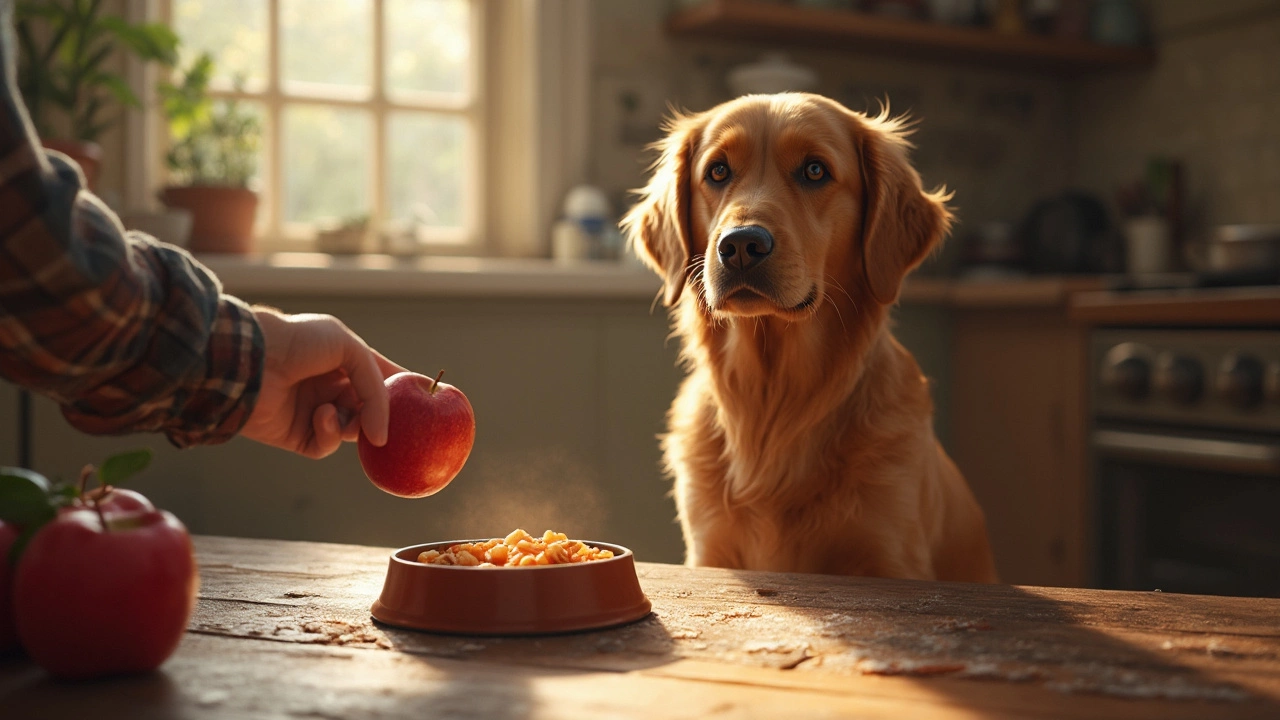Canine Diet Basics: What Every Dog Owner Should Know
Feeding a dog might seem simple, but a good diet is the foundation of a long, healthy life. The right food gives your dog energy, keeps the coat shiny, and helps joints stay strong. Below are easy steps you can take today to make sure your pup gets the nutrition it needs.
Choosing the Right Food
First, look at the label. A high‑quality kibble lists a real meat source (like chicken or beef) as the first ingredient. If you see a lot of corn, wheat, or soy at the top, the protein level is probably low.
Mixing wet food with dry can add moisture and boost flavor. Many owners add a spoonful of pumpkin puree to help with digestion. Pumpkin is safe in small amounts, but too much can cause loose stools, so stick to a couple of teaspoons for a medium‑size dog.
For dogs that need extra omega‑3s, fish oil or salmon oil are popular choices. Salmon oil usually has a higher concentration of EPA and DHA, which support skin, coat, and joint health. When you choose an oil, pick one that’s cold‑pressed and has a freshness date. Give the recommended dose on the bottle – more isn’t always better.
Supplements and Safety
Not every dog needs a supplement, but some situations call for extra help. Puppies, senior dogs, and breeds with joint issues often benefit from glucosamine or chondroitin. If your vet suggests a daily vitamin, look for a product that covers vitamins A, D, E, and B‑complex without megadoses.
Before you buy any new supplement, check the ingredient list. Some products contain fillers or artificial colors that can upset a sensitive stomach. Look for a third‑party test seal – it shows the product has been checked for purity.
Dog supplements like “Canine Prime” get a lot of buzz online. The formula includes omega‑3s, antioxidants, and joint‑support compounds. While many owners report a shinier coat, the real proof comes from a vet’s recommendation. If you’re unsure, ask your vet to review the label.
Remember, treats count toward daily calories. If you’re giving training treats, pick low‑calorie options or use bits of carrot, apple, or green bean. This keeps weight in check and prevents obesity‑related problems.
Finally, keep fresh water available at all times. Dehydration can make even the best diet less effective. Change the water daily and clean the bowl to avoid bacterial growth.
Putting these simple steps into practice will help your dog stay energetic, maintain a healthy weight, and enjoy a shiny coat. Start with what you have, add one change at a time, and watch the improvement. Your dog will thank you with a wagging tail and plenty of happy moments.
- Morgan Ainsworth
- 0 Comments
Is It Okay to Give Your Dog Applesauce?
Considering giving your dog applesauce can sound like a tasty idea, but is it safe and healthy? This article digs into the nutritional aspects of applesauce for dogs, weighing the pros and cons. Find out if applesauce can be a sweet treat or just unnecessary sugar for your furry friend. Discover tips on how to offer it safely and know what to watch out for. Ensure your dog's diet remains balanced while bringing some variety.
View More
